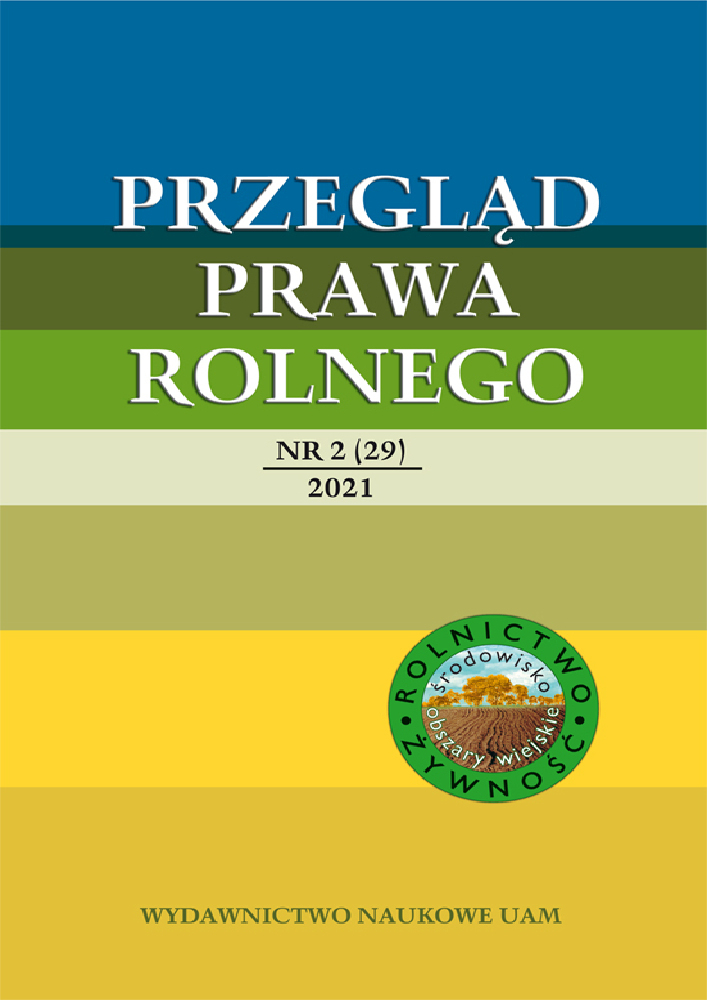Abstract
The interests that revolve around the mandatory indication of the place of origin of a food product are multiple and often conflicting with each other. Alongside the interests of some producers wishing to highlight the geographical origin of their products, there are conflicting interests of other producers who, for different reasons, prefer not to disclose the origin of their product. Then there are also interests of consumers interested at receiving an ever greater and transparency of the extensive information on the product offered. The indication of the origin of a food product can also constitute an element that has an impact on the proper functioning of the internal market to the extent that it can ultimately induce consumers to purchase national products or, at least, it may affect their purchasing choices: it is therefore necessary to assess the compatibility of the mandatory indication of the origin of the food with the principle of the free movement of goods. This competition of interests explains why the European Union’s legislation on this point is somewhat ambiguous: this paper, apart from the presentation of collective marks and certification marks which, although in a limited way, may contain references to the geographical origin of the products, points out to the provisions contained in Regulation EU 1169/2011 on the provision of food information to consumers, as well as the provisions regulating the products with PDO and PGI certificates.
References
Albisinni F. (2021), Marchi e prodotti alimentari, in: P. Borghi, I. Canfora, A. Di Lauro, L. Russo (eds.), Trattato di diritto alimentare, Milan.
Albisinni F. (2020), La Corte di giustizia e l’origine dei prodotti alimentari: un’irrisolta incertezza, “Rivista di diritto alimentare” No 3.
Cristiani E. (2021), I prodotti dell’agricoltura biologica, in: P. Borghi, I. Canfora, A. Di Lauro, L. Russo (eds.), Trattato di diritto alimentare, Milan.
Di Lauro A. (2021), Le Denominazioni d’origine protette (DOP) e le Indicazioni geografiche protette (IGP), in: P. Borghi, I. Canfora, A. Di Lauro, L. Russo (eds.), Trattato di diritto alimentare, Milan.
Libertini M. (2010), L’informazione sull’origine dei prodotti nella disciplina comunitaria, “Rivista di diritto industriale” vol. I.
Libertini M. (2019), Collective marks and certification marks. Functions and problems of the discipline of distinctive signs of collective use, “Rivista di diritto industriale” vol. I.
Rubino V. (2019), Sulle ragioni dell’incoerenza tra il dire e il fare: l’indicazione dell’origine degli alimenti, il mercato interno e il regolamento di esecuzione della Commissione (UE) n. 2018/775, “Diritto Agroalimentare” No 2.
License

This work is licensed under a Creative Commons Attribution-ShareAlike 4.0 International License.





